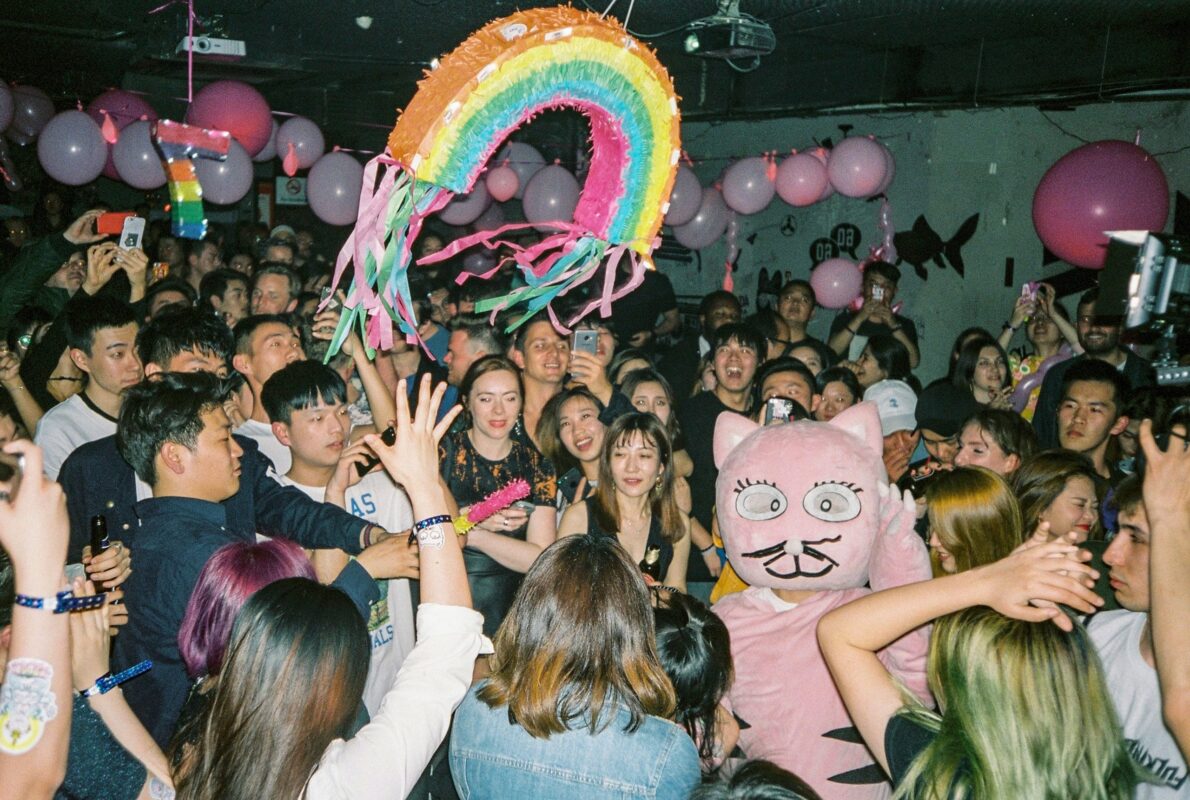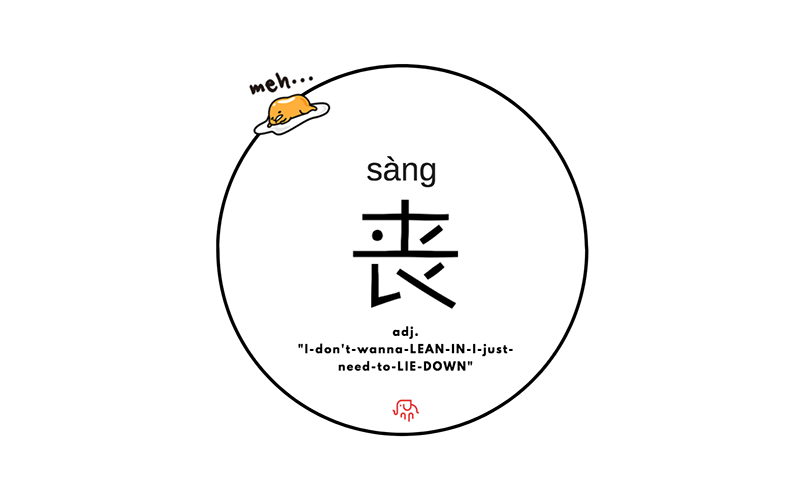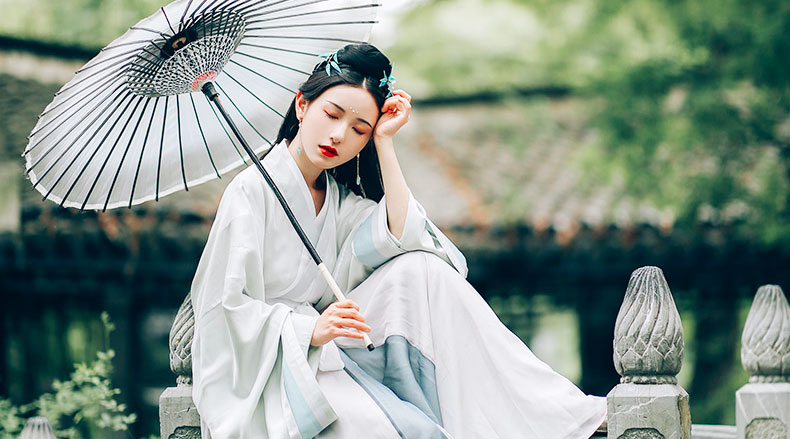Chinese subcultures are subversive and fascinating. And they’re definitely not what a Westerner might expect.

China is the world’s most populous country. So it stands to reason that there are a wide variety of sub-cultures. Even in an authoritarian state, a subculture can arise. These subcultures are thriving, even those that subtly rebel against the state. They are simultaneously familiar to Western eyes, yet differ in fundamental political and aesthetic ways.
The Underground Club Subculture
Underground clubs often operate within grey areas of the law in China. Despite this, and despite the lack of financial benefit, clubs keep popping up. And they are becoming vibrant music scenes.
Clubs like Lantern in Beijing and ALL in Shanghai are quite popular. Lantern has become so popular that this is the third iteration. The new location now boasts the biggest crowds, best sound, and largest venue that it has ever experienced. It still has a long way to go, with many party-goers in China unable to attend these events due to familial responsibilities.

The importance of family cannot be understated in China. The family unit is one of the most central institutions in Chinese culture. This is largely due to Confucian thought that has been ever prevalent in China. Confucius says, that the family contains the most important relationships possible for an individual and thus is the foundation of all social organisation. So the act of any individual will impact the perception society has on their family, often referred to as ‘face’. Therefore, going to clubs and getting fucked up over the weekend can lead to a loss of face or be viewed as putting your own interests before the family’s.
Despite this, this subculture is growing and is absolutely full of experimentation. In fact, techno music has achieved enough popularity to have music festivals on the Great Wall itself!
‘Sang’ Subculture
Many people are aware of the office culture in China, Japan, and Korea. Employees often work themselves to the bone with that level of discipline considered normal and desirable. In China, this has a name, ‘996’. This refers to working 9 am to 9 pm, for six days a week. It doesn’t pay a lot and the competition is fierce. Many in China only make roughly $600AUD a month via this method and millennials in China are asking if it is even worth it.
The ‘Sang’ subculture consists of these millennials. Sang, loosely translated, can mean feeling hopeless or dispirited. It’s a culture based around ironic defeatism. It’s a refusal to cooperate and accept the many optimistic views of the future. ‘Mental opium’ is what the Communist Party calls it. This subculture is an attempt to take back some personal control and power. To be able to make the decision to say that things are not okay and admitting that one’s future may not be bright.

You may think that this is melodramatic. However, there are several reasons for Chinese youth to be pessimistic. House prices are rising, retirement is being delayed further, urban living environments are deteriorating, and the increasing burden of only children taking care of two elderly parents. Many aren’t just giving up but are instead looking for different notions of success as the traditional notions are looking increasingly futile. It’s one way of using self-deprecating humour to cope and move on rather than let themselves be torn down and held back by their failures.
‘Society People’ Subculture and Peppa Pig
Being subversive in China is difficult. It often requires creativity. Surprisingly, Peppa Pig became a symbol for the ‘Society People’ subculture, or ‘shehuiren’. The term is slang for lowlifes and gangsters. These ‘lowlifes’ use Peppa in memes that are dark, violent, and sometimes pornographic. Many people were even getting tattoos, both permanent and temporary, of Peppa. As a result, the Chinese government removed Peppa Pig from the streaming service Douyin.
The Global Times states that ‘society people’ are “counter to the mainstream value and are usually poorly educated with no stable job. They are unruly slackers roaming around and the antithesis of the young generation the [Communist] party tries to cultivate.”
With such high praise it’s no wonder at the Pig’s popularity. Will this continue, who knows? It might not be worth the joke. But a trend is apparent here. Many Chinese subcultures are in despair about the rigid societal norms and structures that surround them.

The Hanfu Movement
The Hanfu movement is a subculture that seeks to revitalise ancient Han Chinese fashion. It certainly is a strong look. Imagine if people in New York suddenly started to wear togas! Cool as it may seem, it is a reality in China. Not quite togas but a style of dress that is usually long robes with large sleeves and a belt around the waist. To top it off they are usually in pale, delicate colours.

The term hanfu is controversial in its definition. Historically, it is a term used to broadly refer to indigenous Chinese clothing generally. Many critics argue that it isn’t even ancient Chinese fashion and is something new invented in the 21st century.
Definitions aside, many people are beginning to feel a loss of identity and are looking back to traditional Chinese culture to find it. Young girls tend to favour the Hanfu subculture the most.
Subscribe to FIB’s newsletter for your weekly dose of music, fashion and pop culture news!







